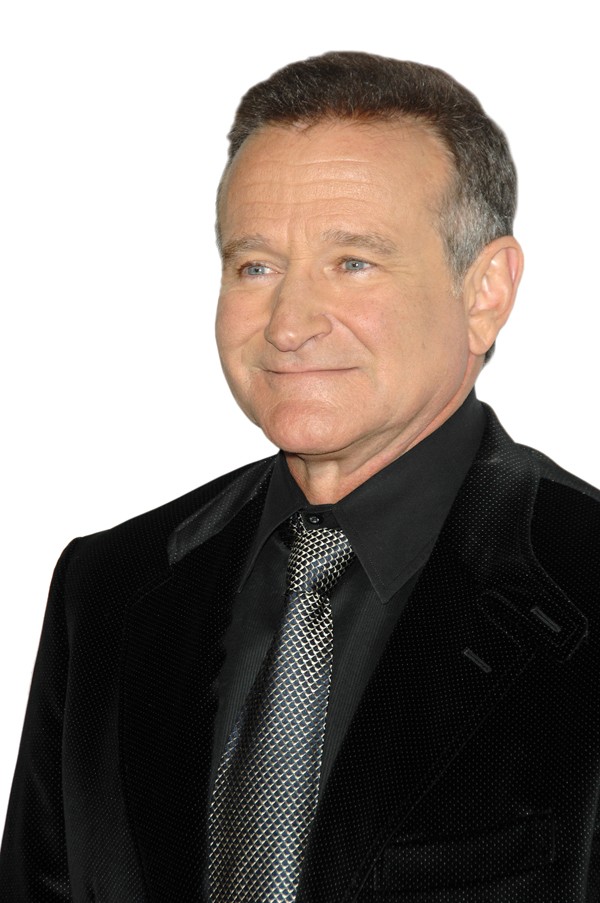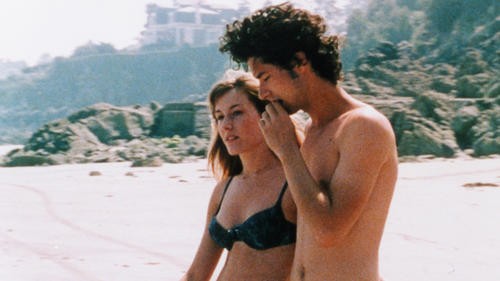Several days before the shocking death of Robin Williams, an old friend posted a “confession” on Facebook that read, in part: “I’ve been lying to people for 40 years, and I’m just tired of lying. As recently as this morning, I’ve told people I had a stomachache or the flu when the truth is I’ve had severe clinical depression since I was 20 years old. The kind where you want to kill yourself. The kind where you’re ready to do ANYTHING to stop the pain.Yes, I tried to kill myself. I’ve been hospitalized three times. I’ve taken almost every kind of antidepressant known to man. It has hurt my relationships, my career, my sanity, everything in my life. So many people say suicide is ‘selfish,’ but they don’t understand that depression makes you crazy, and people who commit suicide are not in their ‘right mind.’ By now, I know I’m not going to kill myself because I can push those thoughts aside, but it’s not easy. It’s a real fight…a real struggle. Being able to talk about it helps. YOU HAVE TO TALK ABOUT IT AND GET TREATMENT, OR IT WILL KILL YOU!”
 FeatureFlash | Dreamstime.com
FeatureFlash | Dreamstime.com
Robin Williams
I never knew and commended him for speaking out, and then watched in astonishment as his brief remarks were shared more than 100 times and garnered 500-plus comments, mostly from others who had experienced some form of severe depression — like me. I was diagnosed with clinical depression with an anxiety disorder in 1987, and I have “managed” my illness with antidepressant medication for nearly 30 years. I expect to be on medication for the rest of my days, but I don’t mind, since they saved my life. “Depression” is different than “clinical depression.” No one in this life remains untouched by tragedy or loss, and it is natural to experience pain or grief. These periods of intense sadness, sometimes with the help of an antidepressant, ultimately grow easier to bear while the memories still linger. Clinical depression is a disease caused by an imbalance of chemicals in the brain and needs to be treated with a combination of medication and therapy. Unfortunately, the prescriptions for psychiatric medicine fly off the pads of any doctor holding a pen with “Prozac” printed on it, and patients are left to fend for themselves, deprived of crucial counseling.
It started for me at 19. I asked my friends if anyone else was experiencing these feelings of despair until I believed that it was only me, and I stopped talking about it. I thought that this was my lot in life and probably something I deserved. I rationalized my darkness by believing that there was some nobility in suffering that I would one day understand if I could only endure. I put on a cheerful face although my personal joy was gone.
As an entertainer, I was able to perform for large crowds, then go home and not come out until the next gig. There were groceries to buy, so I shopped at 2 a.m., when the store was empty, rather than run the risk of abandoning my cart in a store full of people and running for the nearest exit. I couldn’t eat in a fast-food restaurant without feeling rage at other people who seemed to be managing their lives while I was in inner turmoil. Then came the questions, “Why me?” and “What did I do wrong to end up here?” I have seen the destruction suicide has caused and would never take my own life out of concern for my loved ones, but I thought about it. I would never have recognized my obsessive introspection as an illness had I not seen my symptoms listed in a self-help book. It took me 16 years of tightly-controlled mania before seeking professional help.
Imbalanced brain chemistry messes with your “fight or flight” response. Under the most ordinary circumstances, your brain suddenly tells you that you are in danger when in reality you are not. This is what causes “panic attacks,” because of the confusion and anxiety. Soon, you avoid those places where an attack occurred to preclude the risk of another. Sadness is a precursor to life, but clinical depression manifests itself in physical ways — among them a tightness in the chest accompanied by a rapid heartbeat. The muscle around the heart becomes sore over time, causing chest pains. In my everyday interactions, I suffered head-to-toe soaking sweats, often needing to towel off after a simple discussion. My greatest fear was having to deal with auto mechanics. If there’s a Latin word for that phobia, I don’t know it. Globus is a condition often described as a “lump in the throat,” but depressives feel a constriction, accompanied by dry mouth and difficulty swallowing. And then there are the headaches. All types of headaches — migraine, cluster, light sensitive, tension. After a self-induced, terror-ridden trip on the interstate, my skull ached so unbearably, I’d take a fistful of Excedrin and lie in the dark, praying for sleep. Insomnia, that’s one more thing.
These are side effects of an illness. If you recognize them, get help from a psychologist or psychiatrist, and if you can’t do that, talk with a counselor or advisor. In the past, health insurance companies were unwilling to cover mental illness. Now they must.
I was fortunate to find an experienced doctor who put me through a battery of psychological tests called the Minnesota Multiphasic Personality Inventory. He then read an intricate description of my mental state that was so accurate I thought he’d been reading my journal. The medication was hardly as advanced as today’s, and I was told that it might be a month before I felt a difference. But within a week, as if by magic, the gloom began to lift from my shoulders. I could talk to people and look them in the eyes again. It was as if my real self had been returned to me. I was never secretive about my illness because I wanted to shout to the world about this miracle.
I can now live my life unburdened by depression, but I know it’s always there. I can still feel it sometimes, but understand that, like the weather, it will pass. Without daily medication, I could never have worked a normal job or written a column or gotten married or even something so simple as gone on a trip. Some depressives take refuge in reading. It can prevent a gloomy mood from turning into something more serious. I hesitate to admit it, as a sedentary person, but vigorous exercise also helps. And although it may be difficult, talk to somebody. An estimated 20 million Americans suffer from depression. You are not, nor have you ever been, alone.





